
Vina Fay Wray was a Canadian/American actress best remembered for starring as Ann Darrow in the 1933 film King Kong. Through an acting career that spanned nearly six decades, Wray attained international recognition as an actress in horror films. She has been dubbed one of the early "scream queens".

The Ku Klux Klan, commonly shortened to the KKK or the Klan, is an American white supremacist terrorist and hate group whose primary targets are African Americans, Jews, Latinos, Asian Americans, Catholics, Native Americans as well as immigrants, leftists, homosexuals, Muslims, and atheists.

William Dennis Weaver was an American actor and former president of the Screen Actors Guild, best known for his work in television and films from the early 1950s until just before his death in 2006. Weaver's two most famous roles were as Marshal Matt Dillon's trusty partner Chester Goode/Proudfoot on the CBS western Gunsmoke and as Deputy Marshal Sam McCloud on the NBC police drama McCloud. He starred in the 1971 television film Duel, the first film of director Steven Spielberg. He is also remembered for his role as the twitchy motel attendant in Orson Welles's film Touch of Evil (1958).
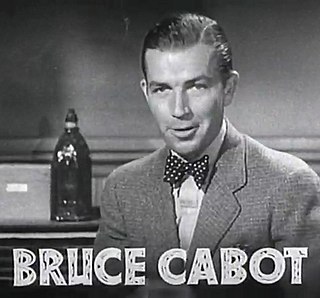
Bruce Cabot was an American film actor, best remembered as Jack Driscoll in King Kong (1933) and for his roles in films such as The Last of the Mohicans (1936), Fritz Lang's Fury (1936), and the Western Dodge City (1939). He was also known as one of "Wayne's Regulars", appearing in a number of John Wayne films beginning with Angel and the Badman (1947), and concluding with Big Jake (1971).

Susan Cabot was an American film, stage, and television actress. She rose to prominence for her roles in a variety of Western films, including Tomahawk (1951), The Duel at Silver Creek (1952), and Gunsmoke (1953).
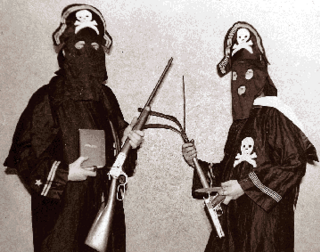
The Black Legion was a white supremacist terrorist organization active in the Midwestern United States during the Great Depression of the 1930s. It split off from the Ku Klux Klan. According to historian Rick Perlstein, the FBI estimated its membership "at 135,000, including a large number of public officials, possibly including Detroit’s police chief." In 1936 the group was suspected of having killed as many as 50 people, according to the Associated Press, including Charles Poole, an organizer for the federal Works Progress Administration.

Frankie Darro was an American actor and later in his career a stuntman. He began his career as a child actor in silent films, progressed to lead roles and co-starring roles in adventure, western, dramatic, and comedy films, and later became a character actor and voice-over artist. He is perhaps best known for his role as Lampwick, the unlucky boy who turns into a donkey in Walt Disney's second animated feature, Pinocchio (1940). In early credits, his last name was spelled Darrow.
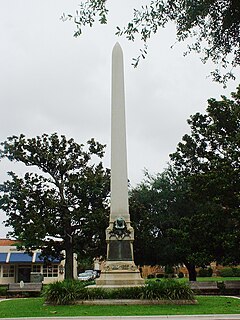
William Dudley Chipley was an American railroad executive and politician who was instrumental in the building of the Pensacola and Atlantic Railroad and was a tireless promoter of Pensacola, his adopted city, where he was elected to one term as mayor, and later to a term as Florida state senator.

Attack on Terror: The FBI vs. the Ku Klux Klan is a 1975 American two-part made-for-television drama film which dramatizes the events following the 1964 abduction and murders of Chaney, Goodman, and Schwerner in Mississippi. In this, it is similar in theme to the 1988 movie Mississippi Burning, though some names and details were changed, and both productions pick up the approximate storyline of the 1990 TV-movie Murder in Mississippi.
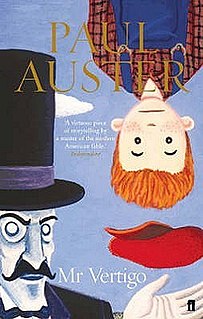
Mr. Vertigo is a novel written by the American author Paul Auster. Faber & Faber first published it in 1994 in Great Britain. The book fits well in Auster's bibliography, which has reappearing themes like failure and identity and genres like absurdist fiction, crime fiction and existentialism.
On the fictional television drama The Wire, the Stanfield Organization is a criminal organization led by Marlo Stanfield. The Organization is introduced in Season Three of The Wire as a growing and significantly violent drug syndicate. Marlo has established his organization's power in West Baltimore's main streets in the shadow of the dominating Barksdale Organization, which was more concerned with conducting its activities in the Franklin Terrace Towers.

The White Knights of the Ku Klux Klan is a Ku Klux Klan organization which is active in the United States. It originated in Mississippi and Louisiana in the early 1960s under the leadership of Samuel Bowers, its first Imperial Wizard. The White Knights of Mississippi were formed in 1964 when they separated from the Original Knights after the resignation of Imperial Wizard Roy Davis. Roughly 200 members of the Original Knights of Louisiana also joined the White Knights. The White Knights were not interested in holding public demonstrations nor were they interested in letting any information about themselves get out to the masses. Similar to the United Klans of America (UKA), the White Knights of Mississippi were very secretive about their group. Within a year, their membership was up to around six thousand, and they had Klaverns in over half of the counties in Mississippi. By 1967, the number of active members had shrunk to around four hundred.
Street-level characters comprise a large part of the cast on the fictional HBO drama series The Wire. Characters in this section range from homeless drug addicts up to drug king-pins in charge of entire criminal empires.
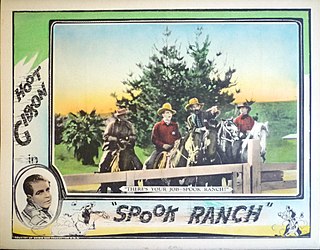
Frank Rice was an American film actor. He appeared in more than 120 films between 1912 and 1936. He was born in Muskegon, Michigan, and died in Los Angeles, California of hepatitis. Rice was educated in Portland, Oregon.
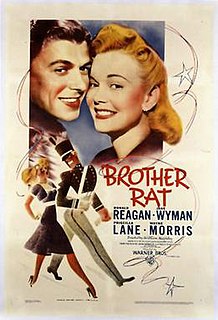
Brother Rat is a 1938 American comedy drama film about cadets at Virginia Military Institute in Lexington, Virginia, directed by William Keighley, and starring president-to-be Ronald Reagan, Priscilla Lane, Eddie Albert, Jane Wyman, and Wayne Morris.

Black Legion is a 1937 American crime drama film, directed by Archie Mayo, with a script by Abem Finkel and William Wister Haines based on an original story by producer Robert Lord. The film stars Humphrey Bogart, Dick Foran, Erin O'Brien-Moore and Ann Sheridan. It is a fictionalized treatment of the historic Black Legion of the 1930s in Michigan, a white vigilante group. A third of its members lived in Detroit, which had also been a center of the Ku Klux Klan in the 1920s.

Robert Donald Walker was an American film actor. He appeared in more than 200 films between 1913 and 1953. He was born in Bethlehem, Pennsylvania and died in Los Angeles.
Hanging Curve (1999) is the sixth novel in the Mickey Rawlings baseball mystery series written by Troy Soos. It is set in Saint Louis, Missouri.

Finishing School is a 1934 pre-Code romantic drama film starring Frances Dee as a young woman who gets into trouble after being sent to a finishing school by her neglectful parents.

Law and Order is a 1953 American Western film directed by Nathan Juran and starring Ronald Reagan, Dorothy Malone and Preston Foster.

















